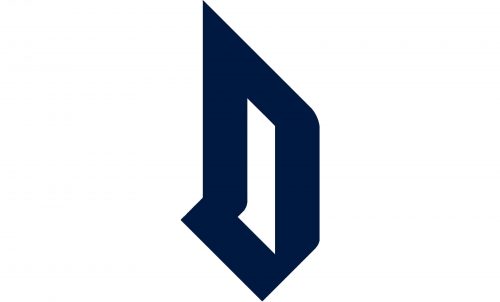The athletic program from the Duquesne University of Pittsburgh, Duquesne Dukes, is composed of 17 women’s and men’s teams, which represent their educational institution in the first division of the National Collegiate Athletic Association in such sports disciplines as Basketball, Cross Country, Swimming and Diving, Tennis and many more.
Meaning and history
The Duquesne Dukes, representing Duquesne University in Pittsburgh, Pennsylvania, were founded as a collegiate athletic program in the early 20th century. The university’s athletic teams have a rich history rooted in their establishment, showcasing a journey of growth and achievement over the decades. Central to their achievements are notable performances in basketball, where the Dukes have made significant strides on the national stage. They have participated in the NCAA Tournament numerous times, making their mark as a competitive force. The football team, too, has seen its fair share of success, with several conference titles adding to the university’s athletic prestige.
In more recent years, the Duquesne Dukes have continued to uphold their tradition of athletic excellence. Their basketball team remains a key player in the Atlantic 10 Conference, often contending for top positions and making regular appearances in postseason tournaments. The overall sports program at Duquesne has grown, adding more sports and improving facilities, reflecting the university’s commitment to athletic development. This ongoing dedication to sports excellence ensures that the Duquesne Dukes maintain a prominent position in collegiate athletics, combining a rich history with a vibrant present and a promising future.
What is Duquesne Dukes?
The Duquesne Dukes are the athletic teams of Duquesne University, competing primarily in NCAA Division I sports. They are known for their strong basketball and football programs and are a part of the Atlantic 10 Conference.
1966 – 1975
The logo of the Duquesne Dukes program, created in 1966, featured an image of an elegant gentleman, apparently a Duke, drawing in a classy blue smoking with a glossy top hat. The man was holding a slim sharp cane in one hand, and an orange basketball in the other. No lettering was present on the original badge.
1975 – 1990
The redesign of 1975 has redrawn the elegant Duke, showing his new side: the gentleman was depicted in motion, throwing a red basketball to his invisible teammate. In terms of colors, the new logo started looking more balanced, as orange from the previous badge was replaced by red, supported by the duke’s coat lining.
1990 – 1998
The 1990 Duquesne Dukes logo combined a large red “D” with the word “Dukes” on the forefront.
1998 – 2006
The 1998 emblem was also a typographic one.
2006 – 2017
In 2006, the team updated the style of the lettering and added a gentleman to their logo.
2017 – 2019
In 2017 a new minimalistic logo was adopted by the Duquesne Dukes teams. It was just a stylized gothic capital “D” drawn in red with a white outline and placed on a solid dark-blue background, which completely repeated the contours of the letter. The badge only stayed in use by the program for a couple of years.
2019 – Today
In 2019, the old Duquesne Dukes logo was replaced by a stylized “D.” Although the letter looks unique, it is also rather minimalistic.
Basketball
The basketball program has probably been the university’s most successful athletic program. Since the 1950s, the men’s team has competed in national championship games twice. In 1955, it won the National Invitation Tournament championship. Today, the men’s team is coached by Keith Dambrot. There is also a women’s basketball team.
Football
The football team has played in the NCAA Division I FCS since 1993. The Dukes have won or shared 16 conference championships in the past 25 years. The home arena is the Arthur J. Rooney Athletic Field.
Colors
NAVY BLUE
PANTONE: PMS 282 C
HEX COLOR: #041E42;
RGB: (4, 30, 66)
CMYK: (100, 90, 13, 68)
RED
PANTONE: PMS 200 C
HEX COLOR: #BA0C2F;
RGB: (186, 12, 47)
CMYK: (3, 100, 70, 12)
BLACK
PANTONE: PMS BLACK 6 C
HEX COLOR: #000000
RGB: (0, 0, 0)
CMYK: (0, 0, 0, 100)
















